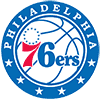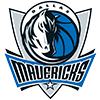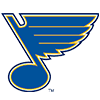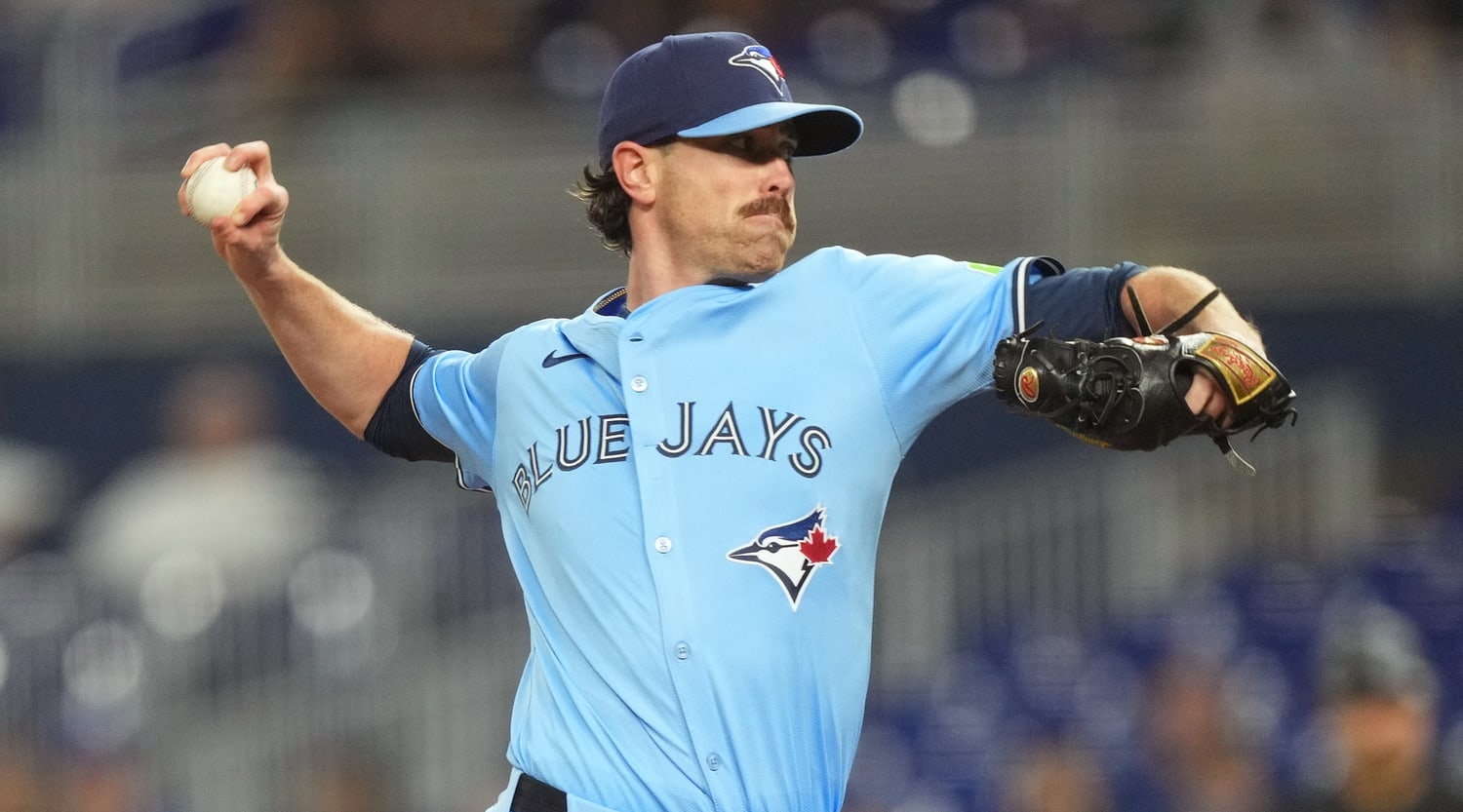Every year, a group of pitchers endures an especially rocky start that brings their value into question and their managers onto the brink of irrational decisions. A pitcher on the ropes can hamstring a fantasy team, destroying ratios if played yet wasting counting stats if left on the bench, and in the case of preseason aces the investment is too large to simply cut ties. The vultures of other fantasy teams will come circling, trying to swoop on damaged goods and offering fifty cents on the dollar. Meanwhile, a team's ratios probably require damage control thanks to the struggles of the pitcher in question.
This season seems to be especially brutal, with the preseason list of top 20 arms shot full of holes. We have already covered the likes of Matt Harvey and Chris Archer in previous articles, but rather than sample size smoothing out some of the data, instead with more starts we continue to add to the list of pitchers with outlier ratios. Some of these guys will rediscover their dominance, others will be happy to find a middle ground and some of these players might be in for a brutally-long season.
Let's dive into the case of four pitchers who were being counted on as fantasy aces this season, but whose poor performances may have seen them jettisoned to the bench.
David Price (LHP)
It was a rollercoaster ride for Price in his first six weeks as a member of the Red Sox, as he played hopscotch
Every year, a group of pitchers endures an especially rocky start that brings their value into question and their managers onto the brink of irrational decisions. A pitcher on the ropes can hamstring a fantasy team, destroying ratios if played yet wasting counting stats if left on the bench, and in the case of preseason aces the investment is too large to simply cut ties. The vultures of other fantasy teams will come circling, trying to swoop on damaged goods and offering fifty cents on the dollar. Meanwhile, a team's ratios probably require damage control thanks to the struggles of the pitcher in question.
This season seems to be especially brutal, with the preseason list of top 20 arms shot full of holes. We have already covered the likes of Matt Harvey and Chris Archer in previous articles, but rather than sample size smoothing out some of the data, instead with more starts we continue to add to the list of pitchers with outlier ratios. Some of these guys will rediscover their dominance, others will be happy to find a middle ground and some of these players might be in for a brutally-long season.
Let's dive into the case of four pitchers who were being counted on as fantasy aces this season, but whose poor performances may have seen them jettisoned to the bench.
David Price (LHP)
It was a rollercoaster ride for Price in his first six weeks as a member of the Red Sox, as he played hopscotch from good to bad on a start-to-start basis. He struck out 10 Indians in his first outing, was hit up for five runs over five innings in his second, held the Blue Jays to two runs over seven frames in his third and was tattooed for eight runs in his fourth outing. He followed the eight-run disaster by striking out 14 Braves, closing the book on a weird first month of the season.
Price kicked off May with consecutive starts against the Yankees that each featured six runs crossing the plate, with the second game leaving him with a 6.75 ERA on the season, and it was then that Price's new teammate, Dustin Pedroia, helped the southpaw to detect a mechanical flaw in his delivery. Price had inadvertently lowered his leg lift and was essentially using a slide step, even from the windup, and a "stay back" approach harmed his balance during the stride phase. The issues with his lift and stride threw a wrench into his timing and repetition, problems which ring loud for a command artist such as Price.
He went right to addressing the problem, and in Thursday's start he struck out 12 Astros at least partly due to improved pitch command, using a higher leg lift from the windup and finding a more repeatable timing pattern. All was not solved, however, as the performance carried its share of caveats. First off, his command was hit or miss, and though he had several instances of painting the catcher's glove with a perfectly-placed pitch, there were plenty of others where he got away with a pitch despite the fact that it was poorly executed. He was also facing an Astros team that is prone to high strikeout totals.
Smoothing out the timing of his delivery will have positive ripple effects across the board, but that's not the only skeleton in his closet. Perhaps of greater worry is Price's troubling loss of velocity; entering Thursday's game, he had averaged 93.1 mph on his fastball, down from the 94.5 mph average that he consistently held from 2013-15. He did regain some of the lost velo after making some of the mechanical corrections, as finding the right tempo in his delivery allowed Price to get closer to previous levels of torque by letting the lower half rotate after foot strike. He averaged 93.6 mph on his fastballs and spiked as high as 96.0 mph at one point. There is still room for improvement, and he will need to soar above and beyond with his mechanics if the high-octane stuff of his youth remains lost to history.
Zack Greinke (RHP)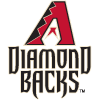
The first two starts for Greinke were an unmitigated disaster, with a 9.90 ERA and 16 hits allowed (including three homers) in 10.0 innings. He spun a couple of quality starts before the cascade of runs came back, as he watched the Cardinals pile on 11 hits and seven runs in 6.2 innings. He had just started to earn back trust, with back-to-back starts of at least six innings, eight strikeouts and two runs allowed in each turn, but then he was pelted for four runs and 11 baserunners over 6.0 innings at home against the Giants.
When taking a step back, one can squint to see glimpses of the pitcher who had the majors' best ERA last season with a 1.66 mark – the right-hander has four starts of two or fewer runs allowed and four starts with at least seven strikeouts (three of those starts overlap), and Thursday's outing was just the third out of his nine turns that Greinke walked multiple batters. He's remained efficient with his pitches through these struggles, throwing between 95-105 in each start and going at least six innings in the past seven starts. His fastball velocity is right in line with the 92.5 mph average he has posted for years, but issues with mechanical balance have disrupted his release point and tarnished his pitch command.
Greinke lacks the power stuff of a Price and is even more dependent on impeccable command to be optimally effective. Meanwhile, he now plies his trade in a ballpark that sits 1,000 feet above sea level and that can punish a high-contact pitcher. Greinke just might be a poor fit for his new ballpark.
Dallas Keuchel (LHP)
Despite the fact that Keuchel had been on an upward climb of improving performance for the past two years, it was understood – expected, even – that he would regress a bit this season. The problem is, Keuchel went way beyond the mean, as his struggles are so magnified that he has crossed over from Cy Young winner to cringe-worthy starter in the span of one offseason.
His walk rate has doubled this season from 2.0 BB/9 to 4.0 BB/9, including at least one game in which he's hit every digit from one-to-six in terms of walks in a single game. Keuchel's only cracked a half-dozen strikeouts twice this year, notching eight K's in each of the exceptions. Last year's rate of 7.2 H/9 was probably unsustainable, but he's veered far to the other side of the mean this season, with a rate of 10.4 H/9 that includes 18 extra-base knocks and a .447 slugging percentage surrendered to opposing batters.
Keuchel faced off with Price on Thursday, and though Price was able to get on the right track with a high-strikeout start that opened eyes, Keuchel continued to raise doubts as to his expected level of performance in 2016. The velocity is down a tick from last season, but raw pitch speed is not Keuchel's game. Rather, it's his trustworthy sinker that has been knocked all over the yard, including a .397 BABIP in the 73 at-bats that ended on the two-seamer. The lack of wipeout stuff means that Keuchel lives on the margins, an approach that requires top-end pitch command, so what we are seeing now is that happens when that volatile elements becomes compromised.
Sonny Gray (RHP)
Gray has made a habit of posting better run prevention numbers than would usually be dictated by a pitcher of his modest peripheral stats. He has typically kept the ball in the yard, including a career rate of 0.7 HR/9, and the past few seasons he's been a lock to post about 7.5 K/9 while keeping the walks below 3.0 free passes per nine innings. It's the lack of hits and homers that have allowed Gray to put up run-prevention numbers that far exceed his baseline stats, but both of those elements have gone the other direction this season as opposing teams have suddenly found Gray to be easy to hit.
The opposition has notched 9.9 H/9 and an ERA of 6.00 against Gray this season, including five homers in 39.0 innings for a tater rate that is nearly double his career average. Basically, all of his numbers are worse, with more walks, hits and homers allowed on a per-inning basis than any other season of his career. The velocity is also down, averaging 93.1 mph after three consecutive years of an average fastball velocity of at least 94 mph. In fact, the velo drop started last season, as Gray ran out of gas near the end of the season with declining velocity every month from June through September. In the process, his trade value has likely cratered.
The A's made no secret this offseason about the fact that Gray was the one asset that they had no plans to trade, and though any player within Billy Beane's clutches is five minutes from being traded at any given time, the choice of Gray as wearing the veil of protection was surprising to say the least. For starters, the A's have struggled mightily to develop impact hitters over the past several years, but they have had relative success in growing pitchers on the farm. The implication is that they can draft and develop a pitcher to succeed Gray much more easily than they can find an impact bat along the lines of, say, Josh Donaldson, the one the A's gave away despite the fact that his rare combination of age and service time meant that he could deliver an MVP-worthy performance for a bargain-basement price, or what every frugal team in baseball covets.
Throw in the considerable risk of injury with young pitchers, and the A's were taking on risk that Gray would stay healthy long enough for a deal to materialize over the summer. The other risk that the A's took was that Gray would simply be awful on the mound, sucking the wind out of his trade value and simultaneously lowering the expected return for his services. Basically, the best the A's could hope for (from a trade point of view), was that Gray would go out and do exactly what he has done for the last several seasons, thus locking in his trade value. Oakland took these risks of considerable downside despite the lack of upside in retaining Gray, and now they are staring down the barrel of those consequences.














